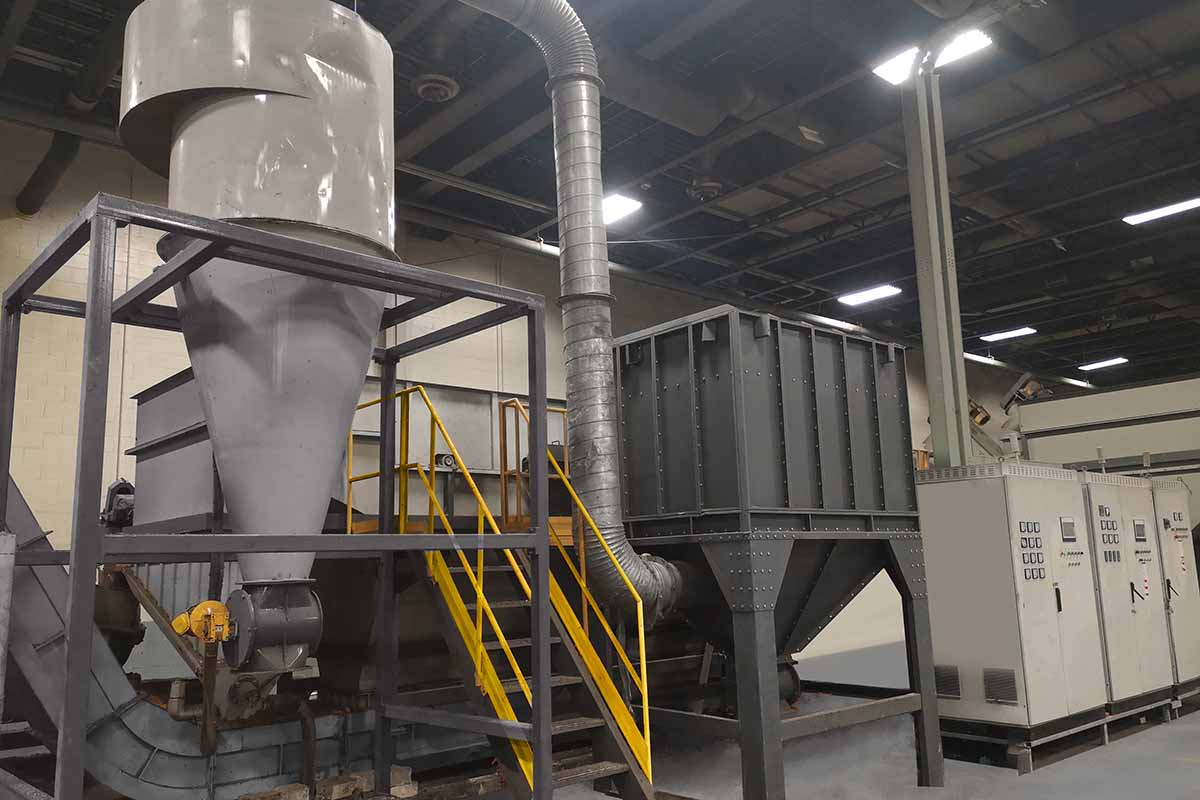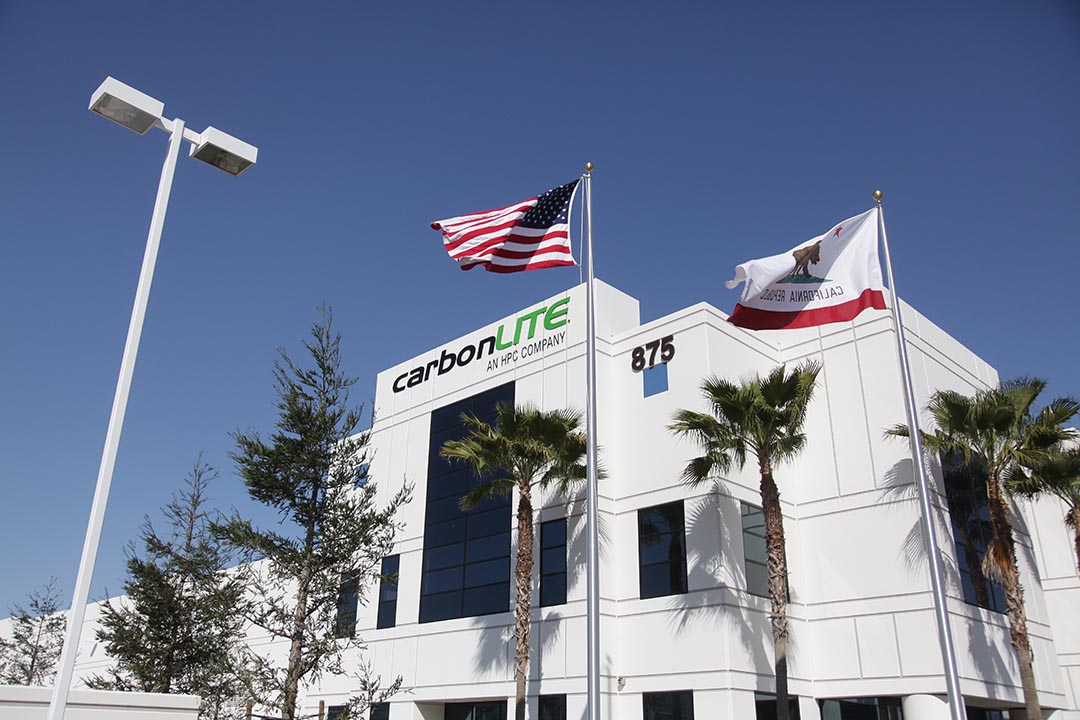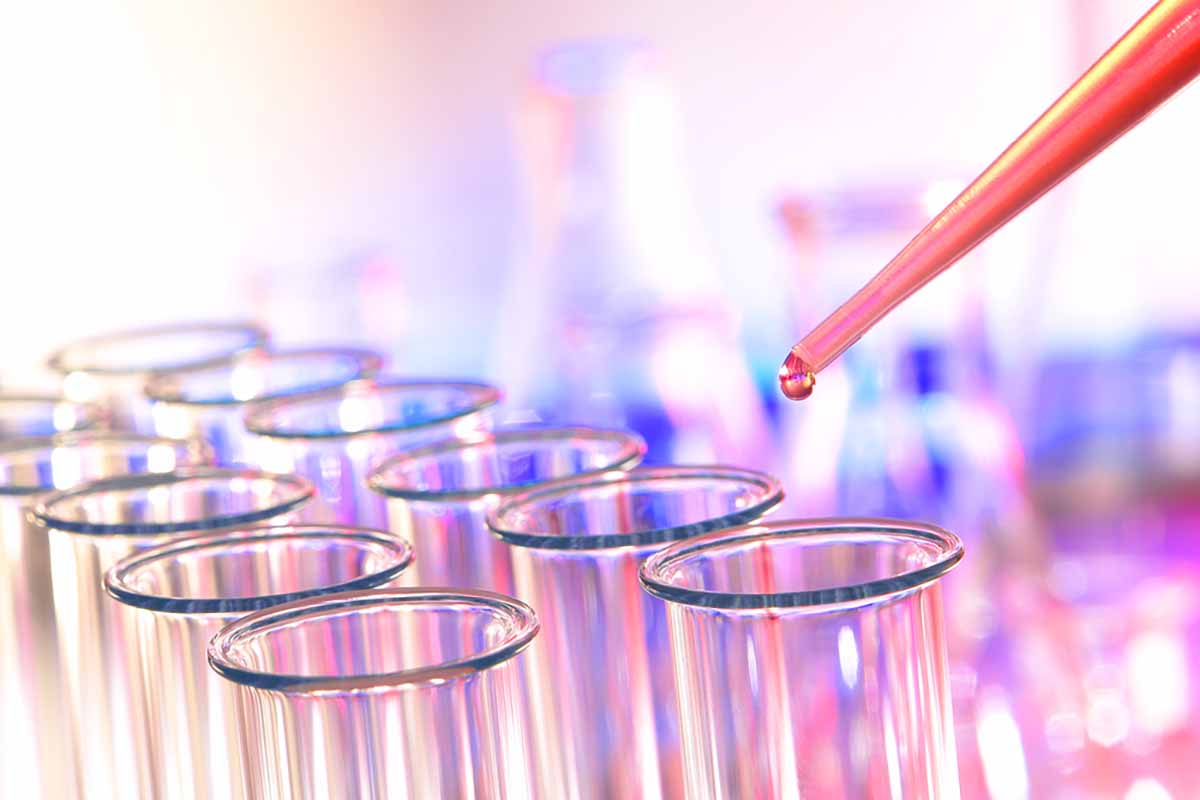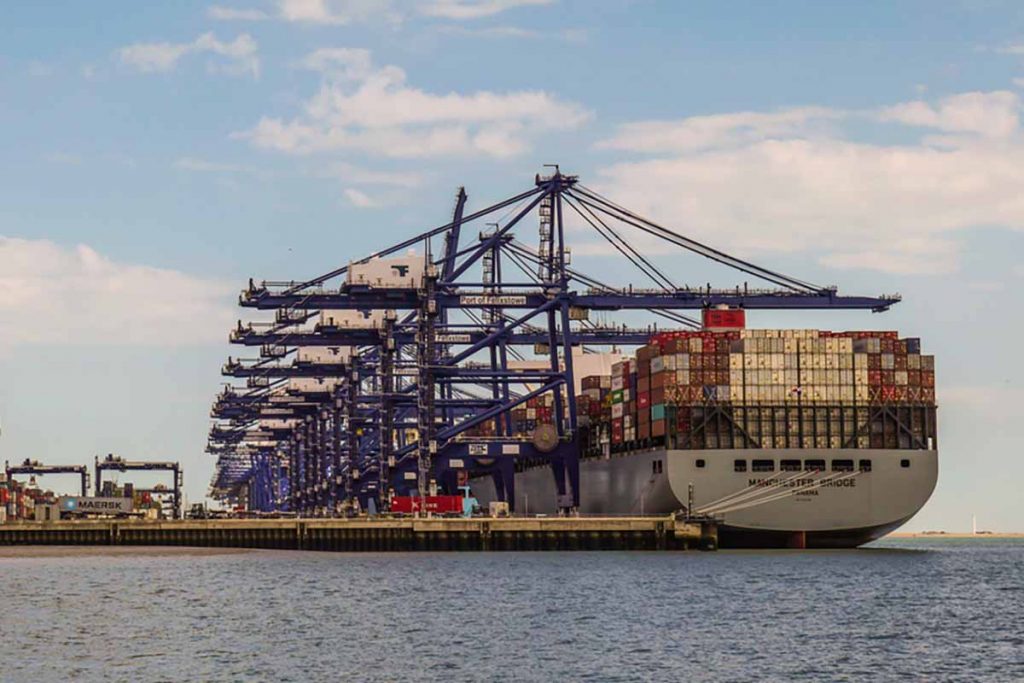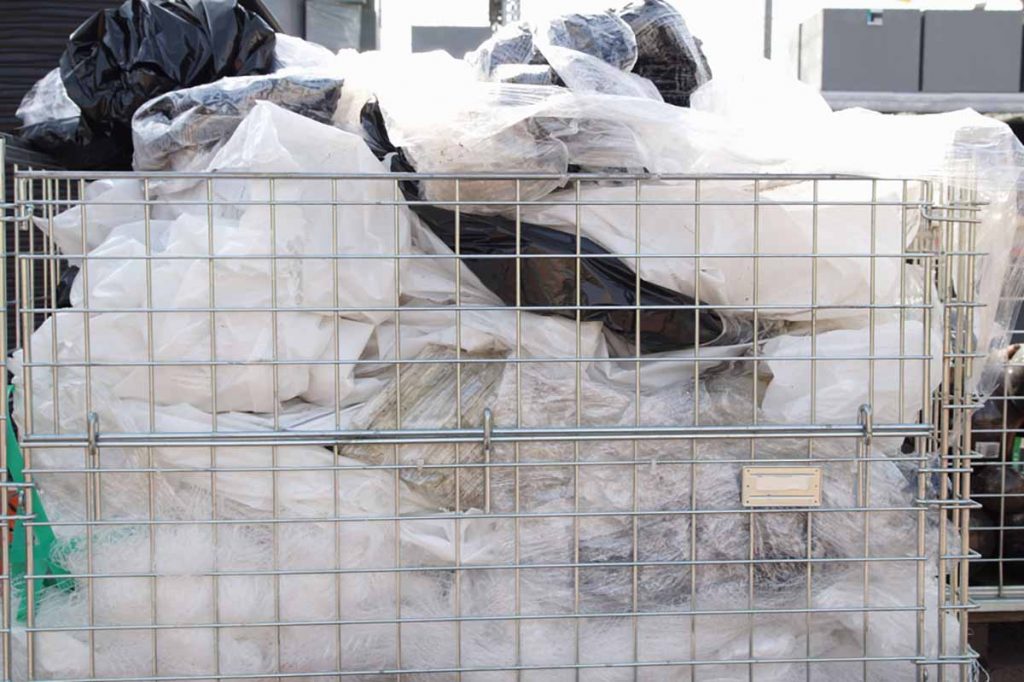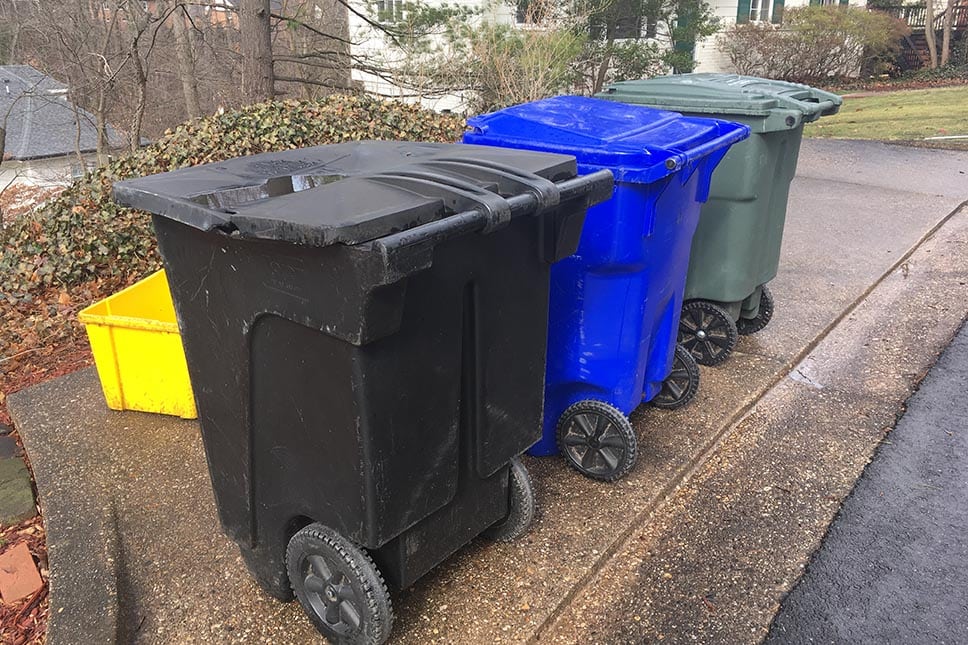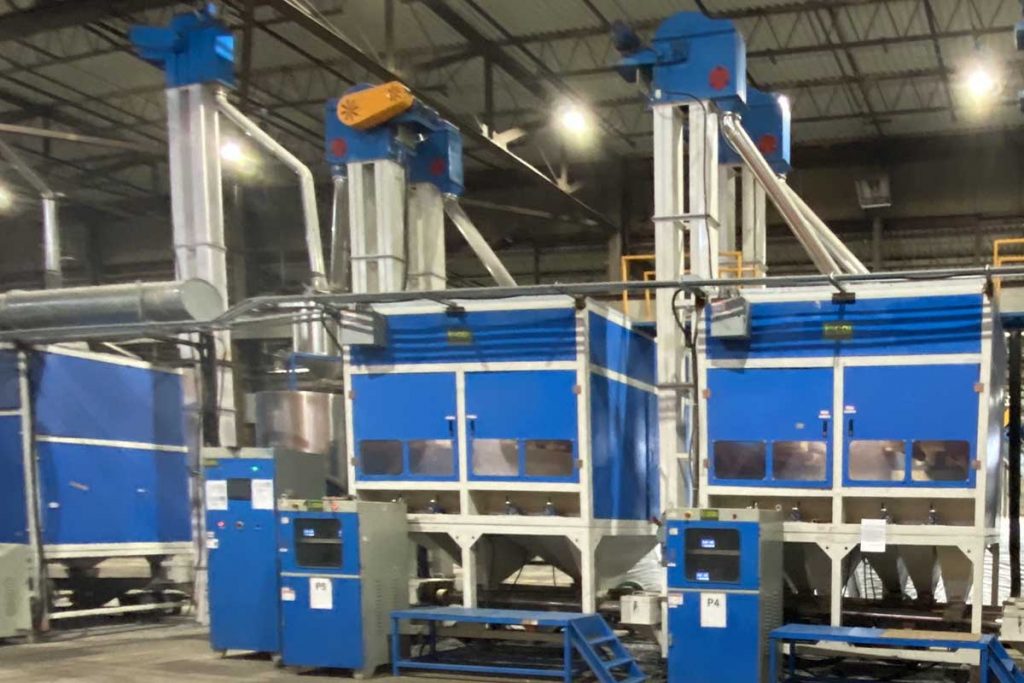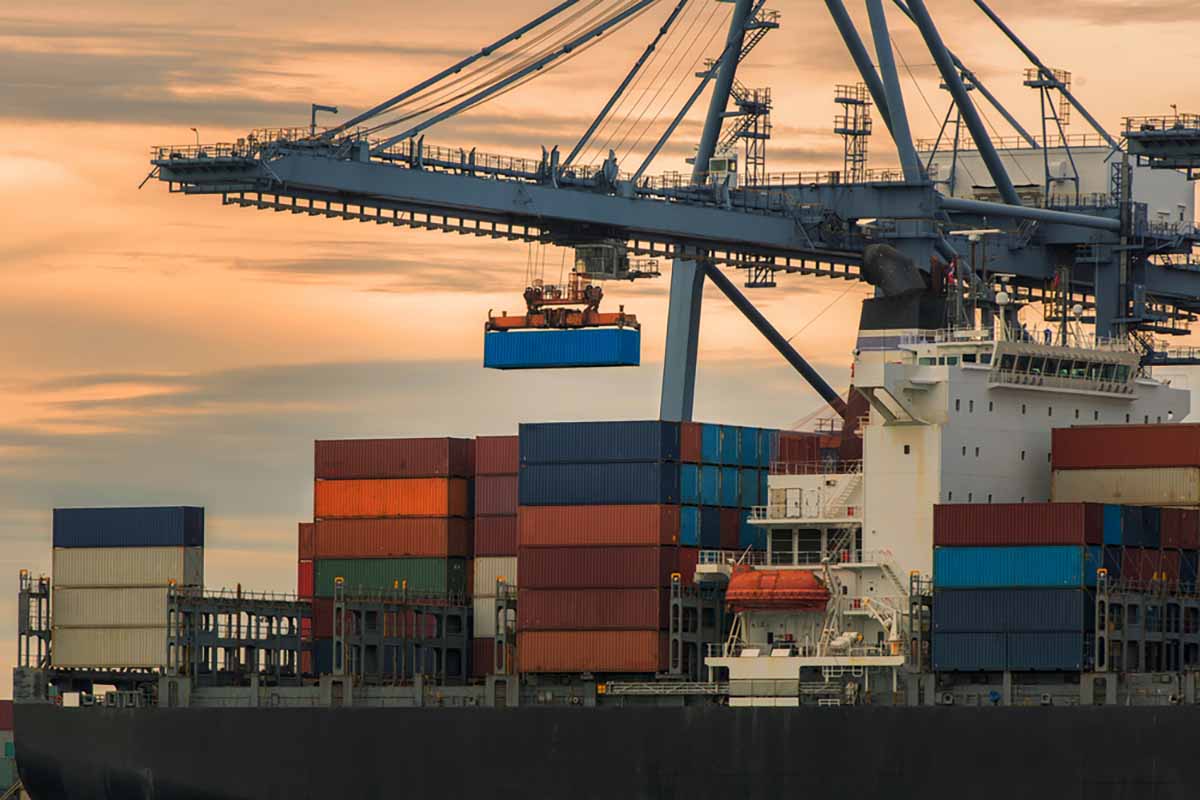
U.S. exports of recovered plastic were up slightly in January 2021 compared to the previous year. | anek.soowannaphoom/Shutterstock
Exports of U.S. scrap plastic increased in January 2021 compared with 2020, despite new Basel Convention regulations on plastic shipments.


 Colin Staub was a reporter and associate editor at Resource Recycling until August 2025.
Colin Staub was a reporter and associate editor at Resource Recycling until August 2025.